Galaxy S24 vs Pixel 8: Friendly competition at its best
We may earn a commission if you make a purchase from the links on this page.

Intro
Samsung's Galaxy S24 and Google's Pixel 8 are some of the best Android phones for their time. The two company's that make them are what you might call corporate friends, intertwined in a mutually-beneficial partnership, so it is no surprise their vanilla flagships have a lot in common.
But the Galaxy S24 and the Pixel 8 have plenty to set them apart from each other, be it hardware or software. Even when you take a look at the way both companies have implemented AI you can notice nuances that represent their idea of the best user experience, with one leaning towards choice and customization while the other towards fun and creativity.
There are many differences between the Galaxy S24 and Pixel 8 to discuss, so let's get down to it. Keep in mind that there is a $100 price difference, although that number is often different due to discounts, which are often of significant amount. And of course, we're getting close to the official unveiling of the Pixel 9 series, and the Galaxy S25 is not that far away either, so you should get ready and check out some preliminary comparison of that pair as well.
For more detailed looks at either of these phones, you can check out our Galaxy S24 review and Pixel 8 review.
Galaxy S24 vs Pixel 8 differences:
| Galaxy S24 | Pixel 8 |
|---|---|
| New design with flat sides | Pebble-shaped and smooth |
| A more powerful chipset, the Snapdragon 8 Gen 3 | The significantly less powerful in comparison Tensor G3 |
| 4,000 mAh battery | 4,575 mAh |
| 2600 nits of peak brightness | 2000 nits of peak brightness |
| Comes with a telephoto camera on top of the main (wide) and ultra-wide cameras at the back. | Has a main and ultra-wide, but no telephoto. |
| Starts at $799 | A $100 lower price, at $699 |
Table of Contents:
Read more:
- Samsung Galaxy S24 vs Galaxy S23
- Samsung Galaxy S24 Ultra vs Galaxy S23 Ultra
- Google Pixel 9 vs Pixel 8: Main differences to expect
- Google Pixel 9 vs Google Pixel 8: Don't feel forced to upgrade
- Google Pixel 9a vs Pixel 8a preliminary comparison: Google might be turning things up to eleven!
Design and Size
Block vs pebble
Google continues to stick to its tried and true standout design that came with the Pixel 6, with some small changes such as thinner bezels and more oval edges on the Pixel 8. As for the S24, for the first time in a while Samsung has decided to make a more visible change to the shape of its entry-level flagship, giving the Galaxy S24 flat sides and display (similar to the iPhone 15).
Besides the flat vs round edges, the S24 and Pixel 8 are also differentiated from one another, of course, by their back panels. The former comes with three cameras with lenses protruding, whereas the latter has that iconic Pixel metal bar housing two cameras inside. What's more, the Galaxy's back is matte, vs the glossy surface of the Pixel 8, which is a total fingerprint magnet.
As for the size difference, Samsung's vanilla flagship has been one of the best compact phones on the market for a few years now, and since the S24 is unchanged in terms of dimensions compared to its predecessor, that statement stands true. That makes the S24 shorter and thinner when placed next to the Pixel 8, although they do have almost the same width. Feel free to check out our dedicated Galaxy S24 size comparison article where we see how it stacks up size-wise to other popular phones.
In terms of protection, the Galaxy S24 comes with Gorilla Glass Victus 2 protecting its front and back, and the Pixel 8 has the older version of Gorilla Glass. This shouldn't a deal breaker at all, however, since the new generation of Victus is only ever so slightly more scratch and crack resistant. Both phones come with IP68 water and dust resistance, or in other words the best you can get with flagships right now.
Colors-wise, the Pixel has just three options, while Samsung is more generous with the color variants for its flagship series.
Google Pixel 8 available colors:
- Hazel
- Obsidian
- Rose
Galaxy S24 available colors:
- Cobalt Violet
- Amber Yellow
- Marble Gray
- Onyx Black
Display Differences
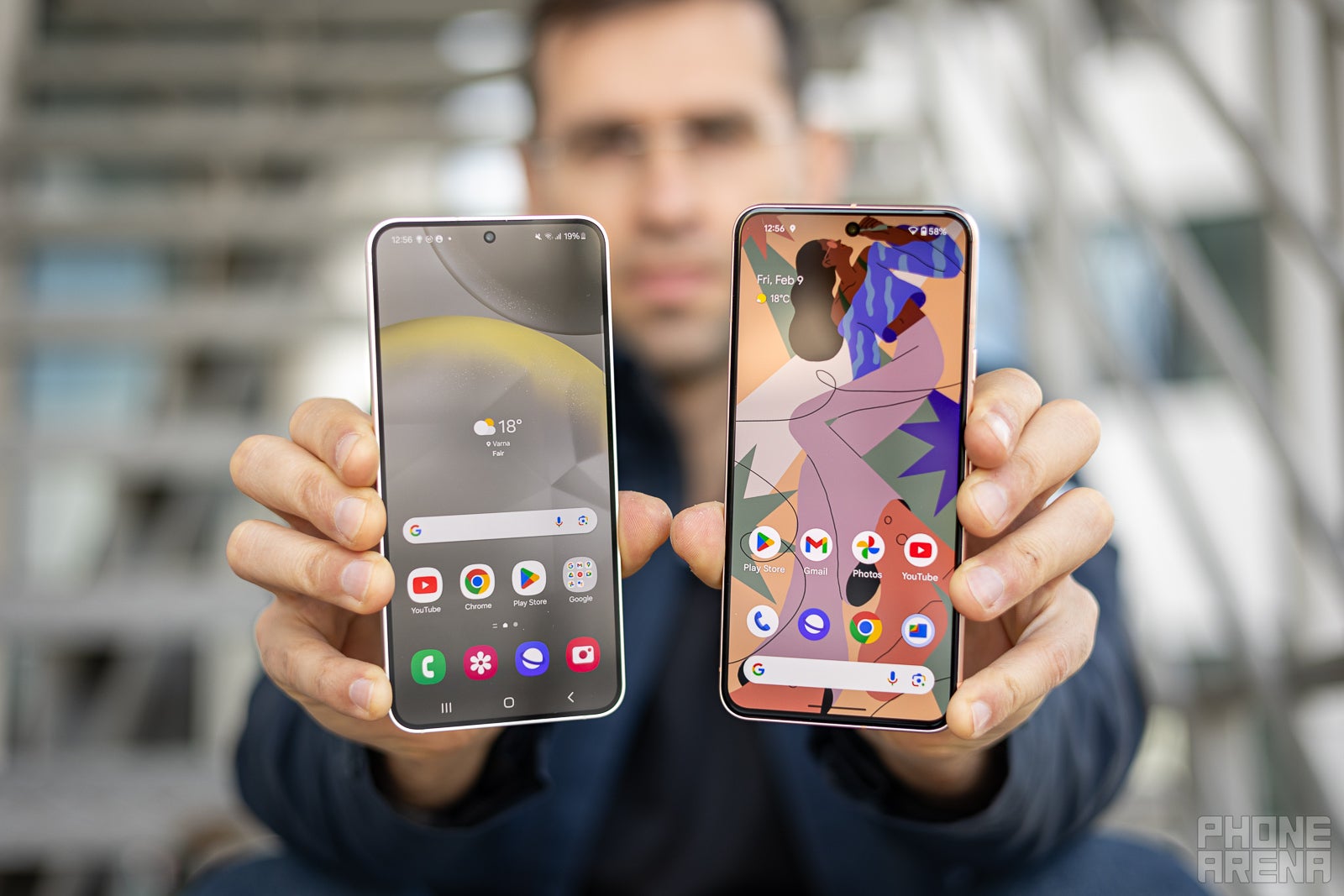
Google really stepped up its game as far as displays go when it announced the Pixel 8, but Samsung keeps its reputation as the phone manufacturer at the top of display tech by providing an even brighter and more power-efficient one on the Galaxy S24.
While it is hard to say the Pixel 8's display is lacking by any means, it comes with a peak brightness of 2000 nits whereas the Galaxy S24's reaches 2600 nits. It's worth mentioning that we often find these numbers to be a bit of a stretch during our own tests (sometimes a little more than a bit), but they do seem to correlate with real-life differences as far as overall brightness levels go.
Other than that, both phones' screens measure at 6.2 inches and both have a 120Hz display refresh rate. The devil's in the details though, as the Galaxy S24's display can go as low as 1Hz unlike the Pixel 8's, which cannot go lower than 60Hz. Having the ability to go as low as 1Hz should allow the S24 to save more battery and therefore be more power efficient.
The displays of the Galaxy S24 and Pixel 8 achieve very similar results, with the only somewhat meaningful difference being the lower minimum brightness of the S24, which might come in handy if you often use your phone in extremely dark conditions, as it will be less blinding to look at.
We make these measurements using a professional software and specialized equipment, which can determine the amount of light the screens can produce, as well as the accuracy of the color reproduction. We take special care to do these test in a controlled environment, so that there is as little of a chance for external factor affecting the results.
We also measure the brightness of a large portion of the screen to give you results that are much closer to reality, while in contrast most of the manufacturers cite crazy high numbers of peak brightness, reached on a small batch of pixels for a very short time.
Performance and Software
Higher performance vs creative features
Both the freshly released Pixel 8 and the upcoming Galaxy S24 are equipped with a 4nm chipset. However, history has shown us that Google's Tensor G chips usually don't fair as well as the competition, including the Snapdragon silicon inside Galaxy phones. Suffice it to say, we expect the S24's Snapdragon 8 Gen 3 (North America model only) to perform better than Google's Tensor G3.
Google would really need to step up its in-house processors for the Pixel 9 series if it wants to catch up to the rest of the pack — AI-specialty is no longer an excuse now that Samsung has made it an integral part of its phones too. Some might argue that having lower prices for its phones somewhat justifies the lower performance of Tensor chipsets, but it's not like Samsung's Galaxy phones don't get massive discounts and special offers all the time.
As for RAM, the Pixel 8's base model comes with 8GB and so does the Galaxy S24 has 8GB no matter which storage option you opt for.
As for software support, after Google announced 7 years of software and security updates with the Pixel 8 it practically took the crown from Samsung for the longest software support out of all mainstream Android phones. It seems Sammy is here to level the playing field though, since the S24 matches those 7 years of software support and security patches.
Performance Benchmarks:
The Galaxy S24 we have with us comes with Samsung's own Exynos 2400 chipset, which blows the Tensor G3 of the Pixel 8 out of the water in every benchmark. In reality, though, you will mostly notice this difference in more intensive tasks like video editing apps and graphically taxing games.
Camera
The Pixel is no longer the only camera magician in the game
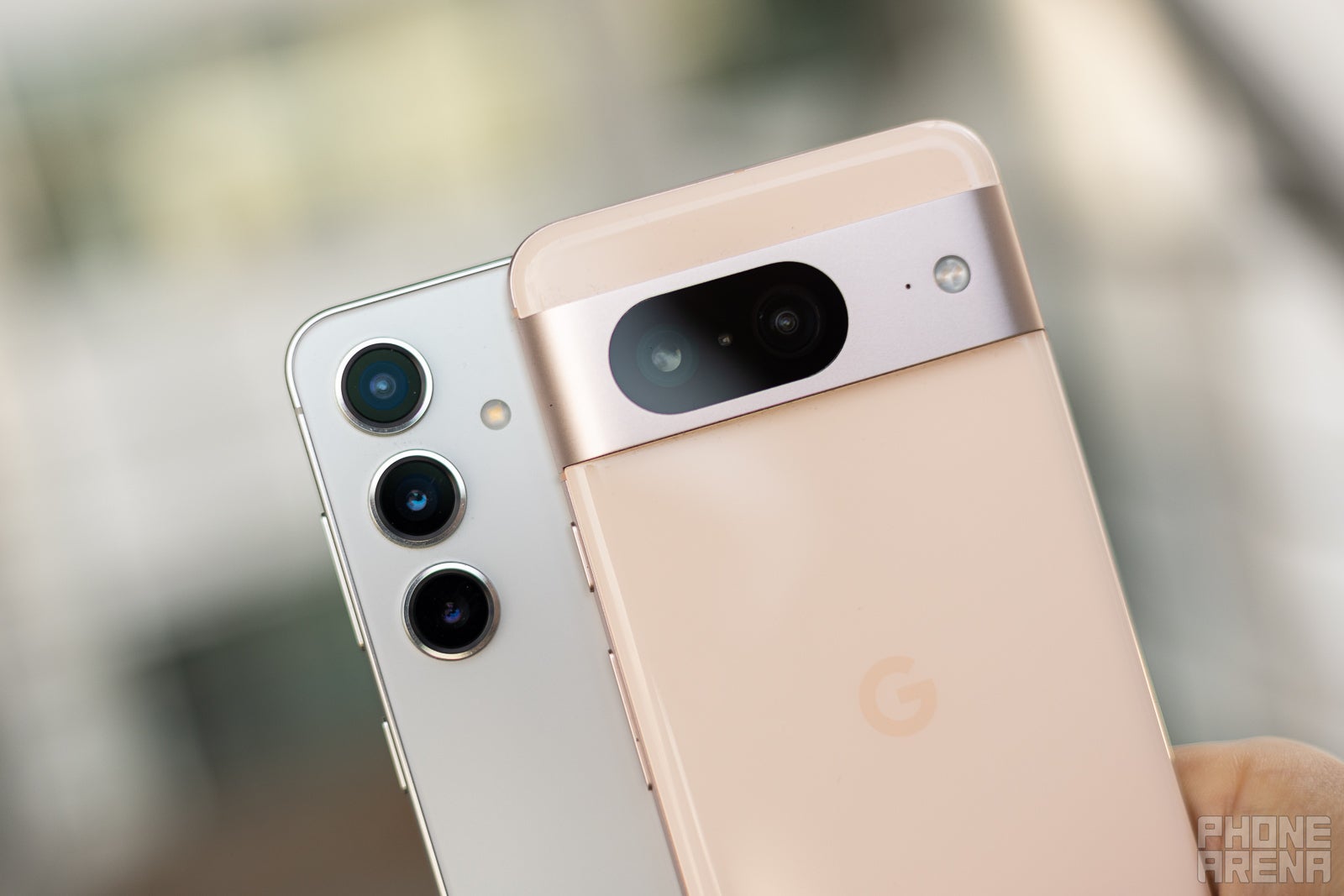
The Pixel 8 comes with an outstanding camera system, as is tradition with Pixel phones. That being said, the Galaxy S24 should prove to be no slouch either, and not only because it has an extra camera at the back, but also thanks to the numerous AI quirks and features that Samsung has introduced.
For starters, Samsung stated that its flagship lineup is now equipped with advanced noise algorithms that help the phone analyze gyro information to distinguish between movement by the person holding the phone and movement of the subject that's being recorded. This is said to make images and video taken in low light conditions clearer with less grain.
What's more, the overly saturated and contrasty look of Galaxy flagships is now much more balanced thanks to a dedicated color tuning solution. This means colors now appear more true to life and accurate.
Google's main attraction to its phone's cameras was the AI smarts like removing subjects from a photo, unbluring blurry faces, and other features of the sort. Well, Samsung has added its own set of AI skills to the S24 lineup, like the ability to remove unwanted reflections in windows or water surfaces, or unwanted shadows.
Much like Google showcased during its Pixel 8 announcement, S24 owners can also move people or objects from one place in a photo to another, alongside the option to change the cutout size.
Pixel 8 camera system:
- 50MP main, f/1.7, 25mm (wide), 1/1.31"
- 12MP ultra-wide, f/2.2, 126˚ (ultrawide), 1/2.9"
- 10.5MP front, f/2.2, 20mm (ultrawide), 1/3.1"
Galaxy S24 camera system:
- 50MP main, f/1.8, 24mm (wide), 1/1.56"
- 12MP ultra-wide, f/2.2, 13mm, 120˚ (ultrawide), 1/2.55"
- 10MP 3X telephoto, f/2.4, 67mm (telephoto), 1/3.94"
- 12MP front, f/2.2, 26mm (wide), dual pixel PDAF
Main Camera
The main cameras of the Galaxy S24 and the Pixel 8 both produce great images, but the two most visible differences we noticed are that the Pixel is a bit sharper, whereas the Galaxy has better HDR performance, with more detail in the darker areas.
That awesome HDR performance continues to show when taking photos during the night and in low-light conditions. The S24 has managed to capture much more detail both in the shadows and highlights in this case. What's more, the Pixel 8's main camera has less sharpness in this case.
Zoom Quality
Despite not having a dedicated telephoto camera, the sensor crop of the Pixel 8 manages to deliver some great results. It even shows more detail in the darker areas of the image. That being said, the S24 telephoto snapper produces better overall image quality and sharpness (although it is a bit blurry around the edges), which you can notice where there is text.
Ultra-wide
Here we see Samsung's signature approach, or in other words, making its photos pop by increasing the vibrancy of the colors and the contrast. That said, it is not as as aggressive as before, and actually helps the photo look better. The Pixel is a bit more conservative and aims to bring a more balanced, neutral shot.
In low-light, however, the Pixel's ultra-wide camera is clearly more capable, as it brings out more detail in the shadows. The S24's ultra-wide also introduced more noise into the image, which reduces the perceived sharpness and quality.
Selfies
The front-facing camera on the Pixel 8 manages to capture much more in the shot thanks to its wider field of view, compared to the S24. The image from the Pixel is significantly sharper too.
Video Quality

Many of the quirks we noticed about the S24's and the Pixel 8's cameras while taking photos are visible in video recording too. For starters, the Pixel definitely has a more saturated look to it, so the image appears more eye-catching at first glance. It also looks like the Pixel has a slightly better dynamic range, capturing more detail in the shadows compared to the S24.
On other hand, the S24 produces an image that's visibly sharper, something you can spot easily when you look at the wooden boards making up the beach bar. Another benefit for the Galaxy is its stabilization, which keeps the image still and fluid as you move, whereas the Pixel 8 appear jittery.
Audio Quality and Haptics
The Galaxy S24 lags behind compared to its competition when it comes the audio quality of its speakers. The lower frequencies lack a sense of depth to them, and the sound feels "piercing," for lack of a better word. On top of that, the Galaxy doesn't go as loud.
The Pixel 8, on the other hand, produces a more rich sound in comparison, with noticeably more oomph to it. What makes it even better is that there is almost no distortion at maximum volume.
Both manufacturers include powerful and precise haptic motors to their high-end phones, and this is true for the S24 and the Pixel 8 too. They have prices and strong vibrations.
Battery Life and Charging
Pixel 8a has longer battery life
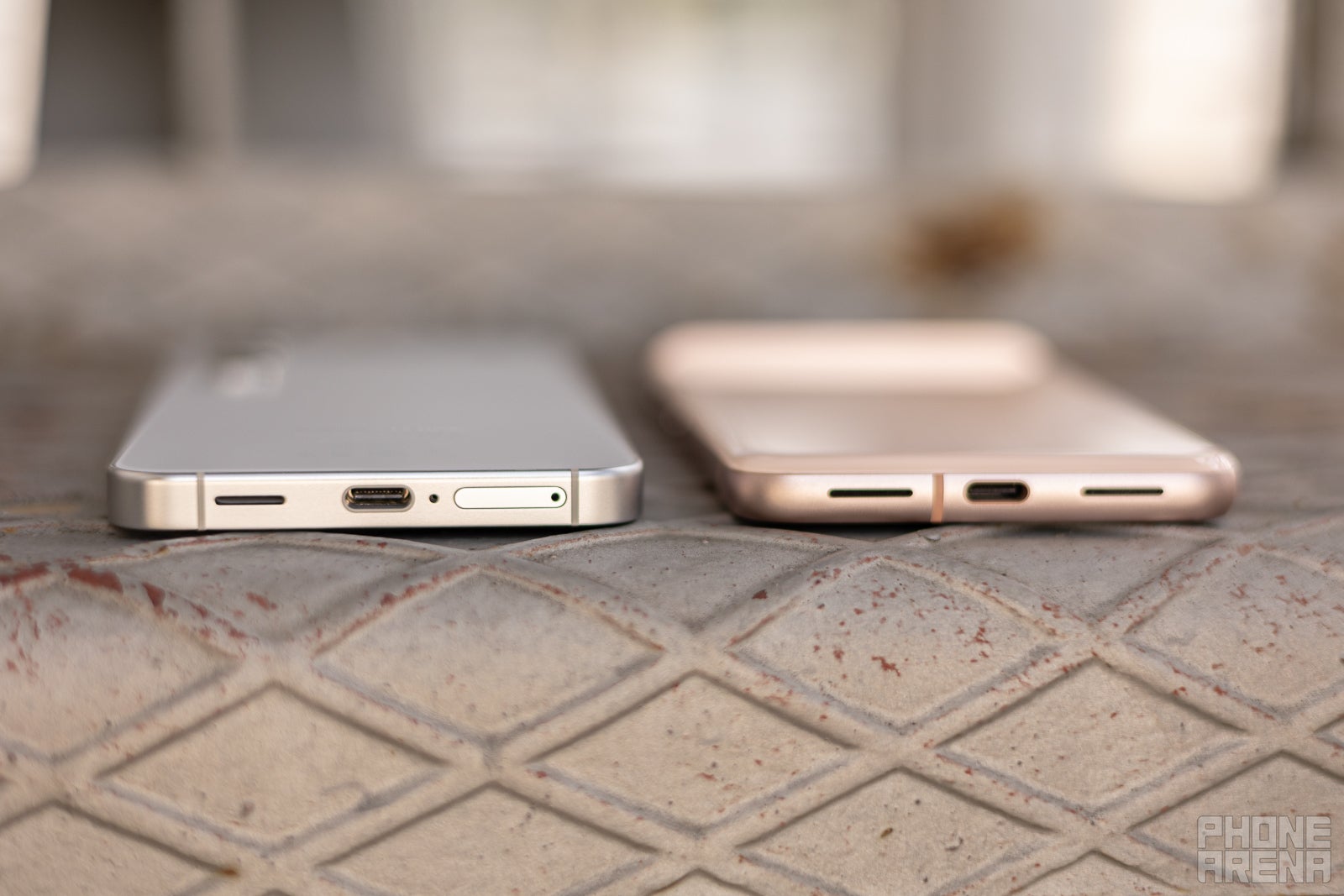
The Pixel 8 comes with a larger battery at 4,575 mAh compared to the Galaxy S24, which has a 4,000 mAh battery. That being said, Samsung says it has optimized the battery life even further, so we can't wait to put this little rascal through our own battery tests to see how it stacks up against the Pixel 8's results.
We perform our gaming and video streaming battery life tests at 60Hz refresh rate, even if the phones are capable of more. Only the web browsing test is taken in 120Hz, and only if both phones support that refresh rate, like in the case of the S24 and Pixel 8 here.
As you can see from the results we got during our battery tests, the Pixel 8 is the way to go if you want the most battery life. That being said, the difference is not that huge, only 1 hour in the video streaming and gaming categories, so this shouldn't be too big of a concern when deciding between the two.
PhoneArena Charging Test Results:
Charging-wise, we are still looking at a 25W of wired charging on the S24, which is slightly lower compared to the Pixel 8's 27W. That being said, because of the smaller battery size, the S24 ended up charging more quickly.
We perform our charging tests starting from 0%, which is usually not what most users have to do, so you can expect less time on the charger than what you see in the graph above.
The S24 comes with 15W wireless charging, and the Pixel 8 goes up to 17W, with the former sporting 4.5W reverse wireless charging and the latter 5W.
Specs Comparison
Here is a quick overview of the specs for both phones, but don't forget we have a more detailed Galaxy S24 vs Pixel 8 specs page where you can see all of the information you need.
| Galaxy S24 | Pixel 8 | |
|---|---|---|
| Size, weight | 147 x 70.6 x 7.6 mm, 168 g | 150.5 x 70.8 x 8.9 mm, 187 g |
| Screen | 6.2" OLED 1-120Hz 2600 nits peak brightness | 6.2" OLED 60-120Hz 2000 nits peak brightness |
| Processor | Snapdragon 8 Gen 3 in US/Exynos 2400 in RoW (4nm) | Google Tensor G3 (4 nm) |
| RAM, Storage | 8/128GB 8/256GB UFS 4.0 LPDDR5X | 8/128 GB 8/256 GB UFS 3.1 LPDDR5X |
| Cameras | 50MP main 12MP ultra-wide 10MP 3X telephoto 12MP front | 50MP main 12MP ultra-wide 10.5MP front |
| Battery | 4,000 mAh | 4,575 mAh |
| Charging | USB-C 25W wired 15W wireless 4.5W reverse wireless | USB-C 27 W wired 17 W wireless 5W reverse wireless supported |
There you have it! The gist of it is a dedicated telephoto camera, faster storage, and a more power-efficient display. That's about it if we were to look at what the Galaxy S24 has over the Pixel 8 with the two phones' spec sheets next to each other.
Summary
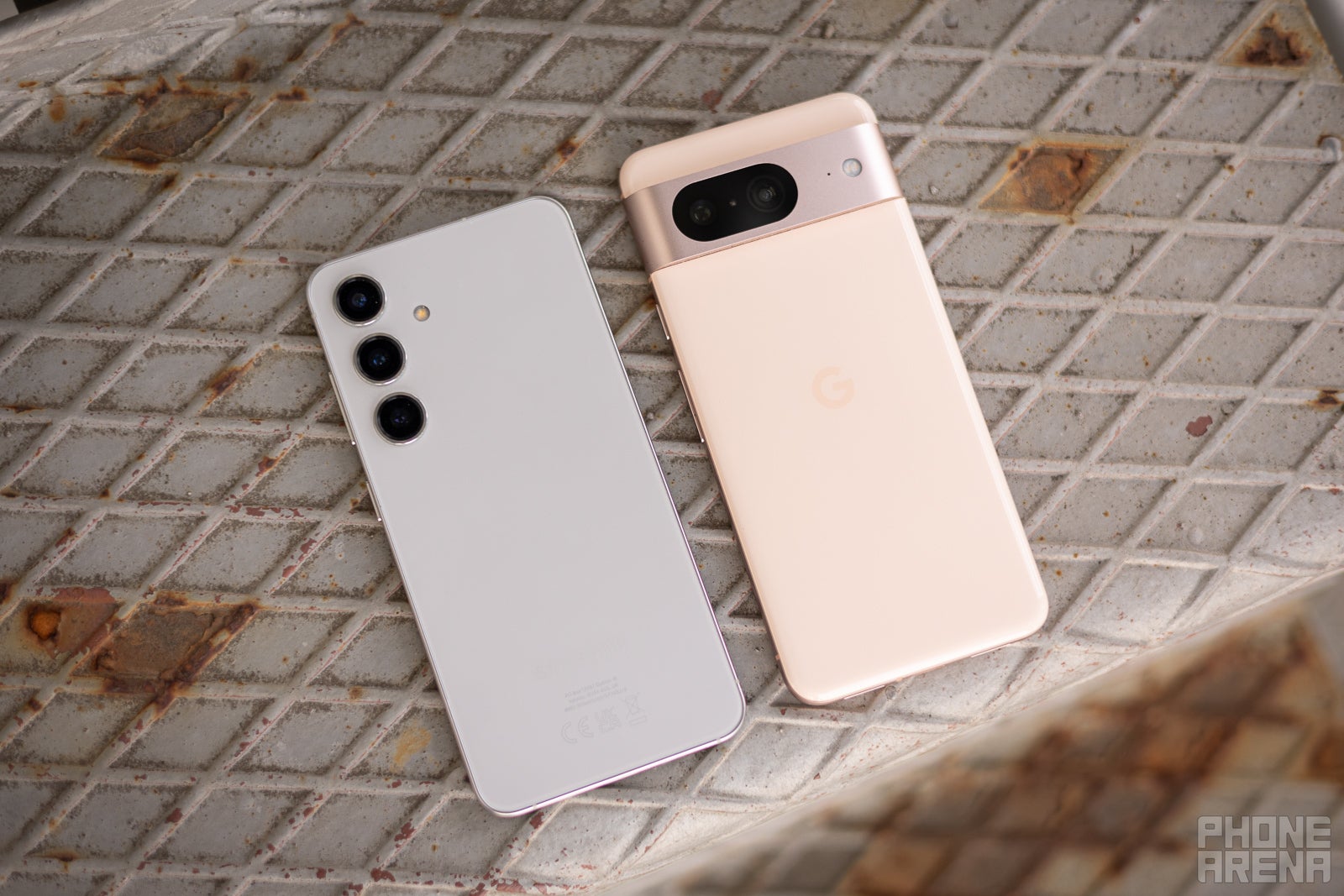
Google and Samsung are like two brothers leading the Android phone market, both with their own unique approach that differentiates them from each other. No matter which one you look at you are getting one of the best experiences on Android you can find.
One of Google's main attractions so far was its unique approach to making a phone exciting and useful. The Pixel 8 comes with witty features that might seem like gimmicks at first but are actually useful in a user's everyday life. The trouble is that Samsung has somewhat stolen some of that Google thunder with the S24. If it wasn't for all the new (to Galaxy) AI features on the S24, it would have been a rather boring upgrade for 2024.
The question, then, is which software and "style" feels more to your liking. We are talking about two of the best Android phones you can buy right now, and they are similar in more ways than a few. Bottom line is, you won't go wrong with whichever one you choose. And to give an alternative, you can hold your horses and wait for the Pixel 9 series to arrive (on August 13), and then see what's what. For what it's worth, there are going to be huge Pixel 8 deals once the new generation lands.
Follow us on Google News

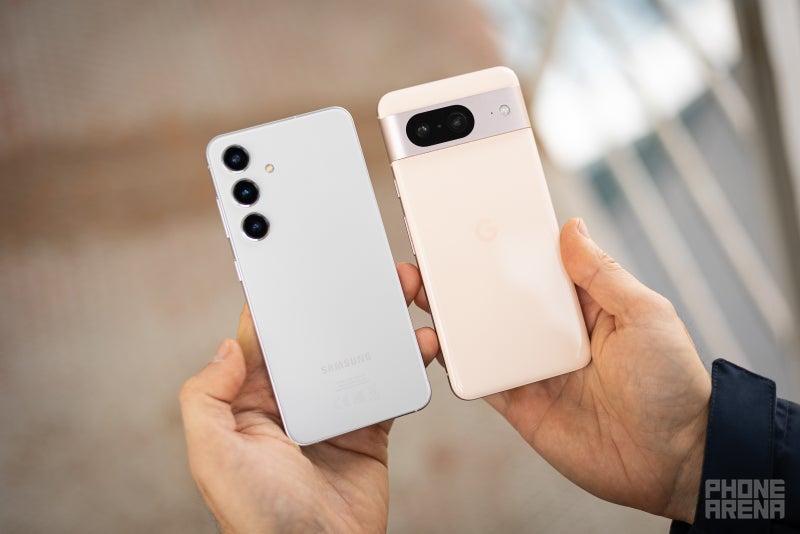
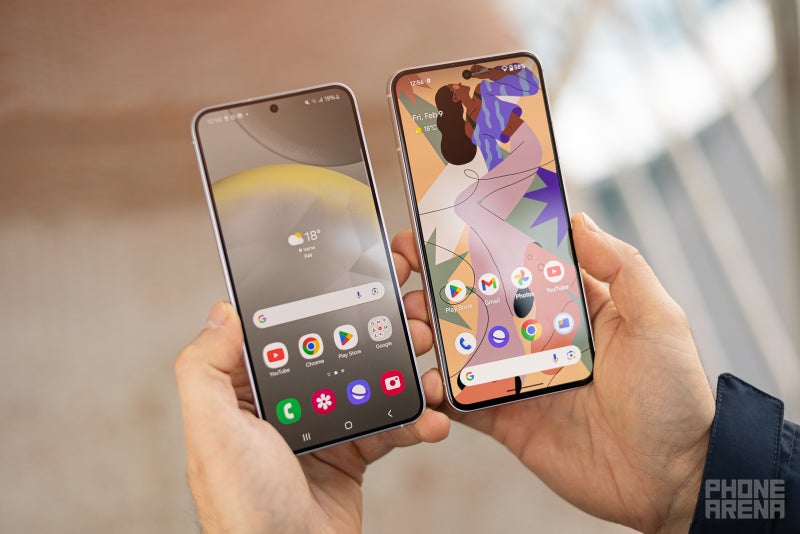
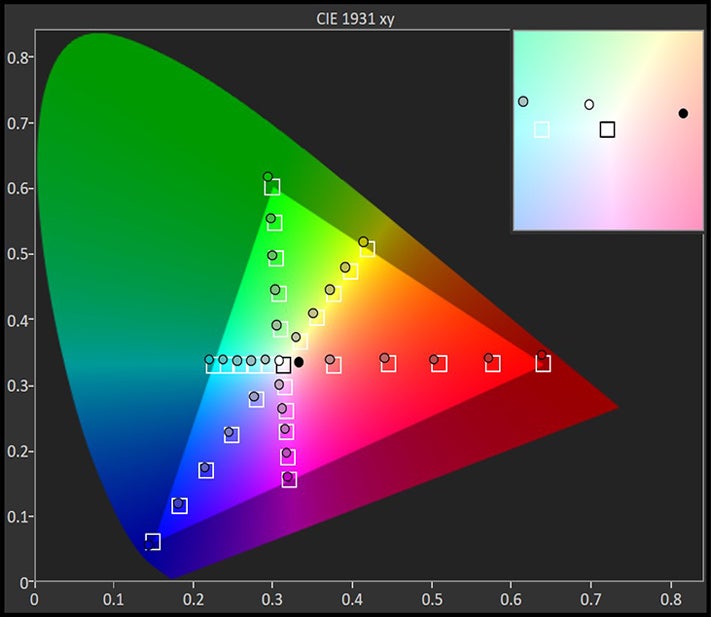





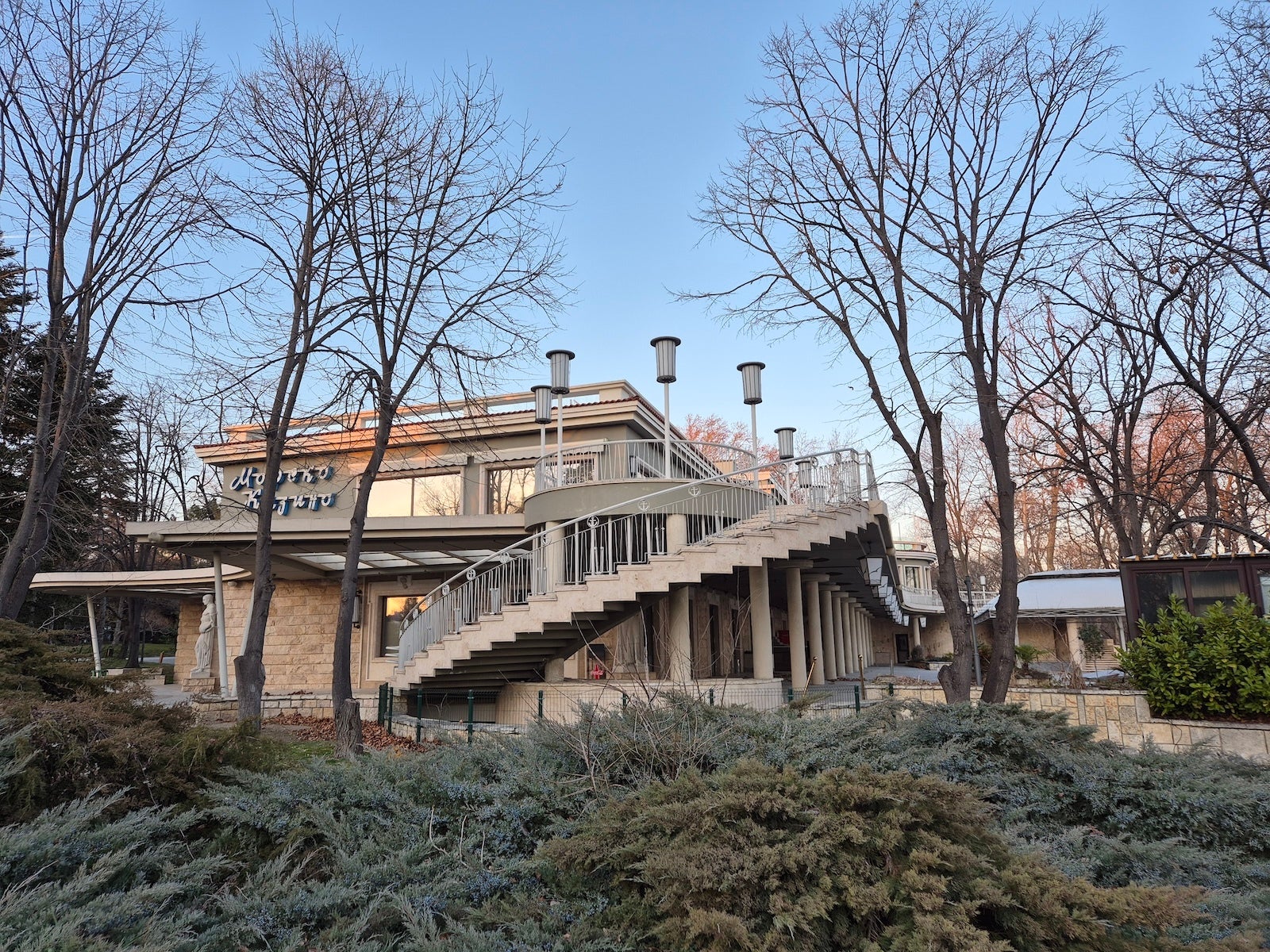

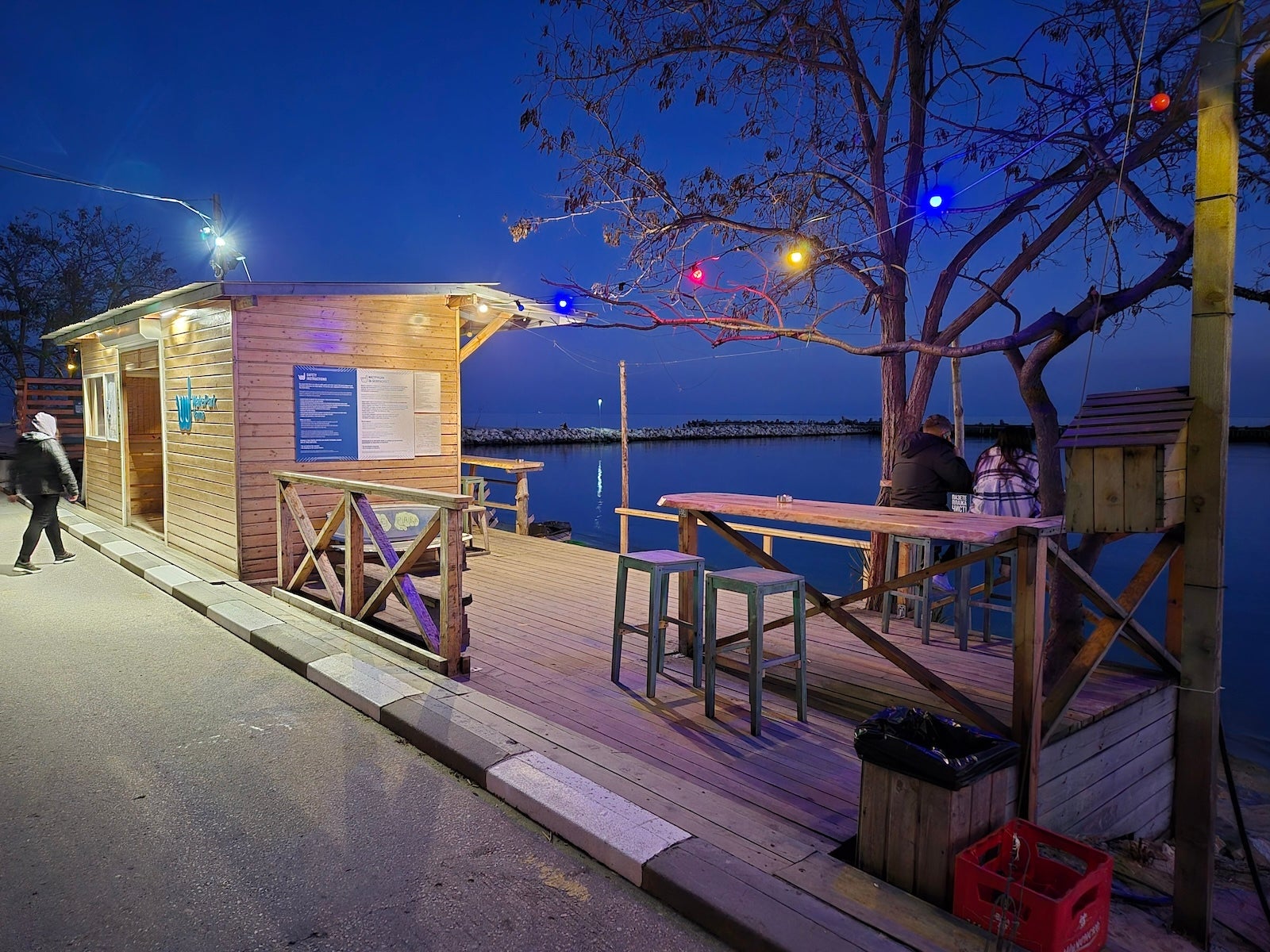






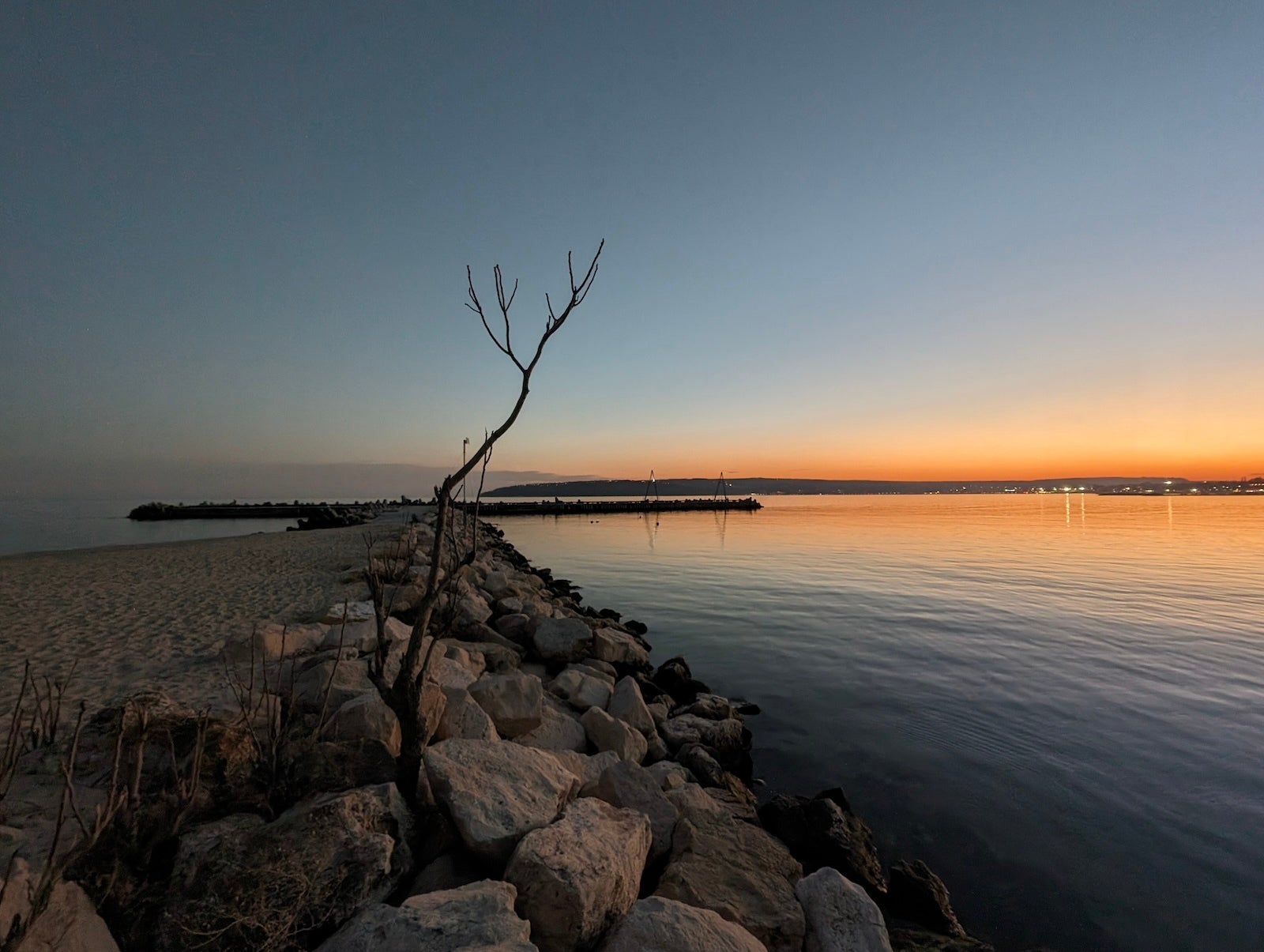







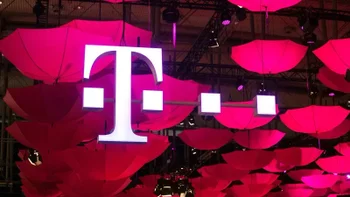


![A new Android bug is making it impossible to install new apps. Are you affected? [UPDATE]](https://m-cdn.phonearena.com/images/article/176703-wide-two_350/A-new-Android-bug-is-making-it-impossible-to-install-new-apps.-Are-you-affected-UPDATE.webp)

Things that are NOT allowed:
To help keep our community safe and free from spam, we apply temporary limits to newly created accounts: